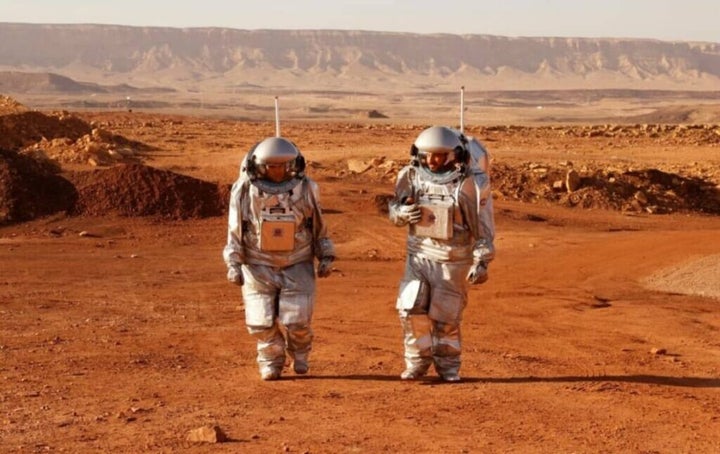On June 25th, four crew members will don their suits and embark on a mission to Mars, living for an entire year in a small 3D-printed habitat, with only each other for company.
But these space explorers won’t be leaving Earth. Their simulated Martian environment is located in a large hangar at NASA’s Johnson Space Center in Houston.
It is designed to test the psychological and social challenges that the first visitors to the Red Planet will face.
The program is called Chapea
Acronym for Crew Health and Performance Exploration Analog, NASA hopes that the lessons learned from this unique social experiment can help future astronauts when they actually set foot on the Martian surface. For example, they aim to learn how the space agency can make the crew feel comfortable and help them get along with each other, or how to cope with loneliness or homesickness.
“If we make it to the end of the year and the crew is intact and we haven’t had any dropouts, that would be a huge accomplishment for me. It seems feasible, but in reality, it will be very tough,” says Kelly Haston, biomedical researcher and mission commander.
Just like the first wave of Martian astronauts, Haston and her crewmates (Ross Brockwell, Nathan Jones, and Alyssa Shannon) will live in a confined space without contact with other people.
They will be able to communicate with mission control, but with a 20-minute delay, as if they were 160 million kilometers away from home.
Just like real visitors to Mars, they will only see a stark and lifeless landscape, which NASA is simulating with a closed space covered in Martian mural images and a 1,200-square-foot sandbox filled with red sand.
Every week, they will have several opportunities to go outside for “Mars walks,” wearing their spacesuits.

A gigantic house where they will be alone for a whole year
The 1,700-square-meter structure they will live in has been 3D printed using simulated Martian regolith to mimic NASA’s plans for future missions.
It features Ikea-style furniture, clean spaces, and bright lighting, resembling a high-end hostel for space workers. The habitat includes small individual rooms for the crew, a common area with a table for meals and team meetings, chairs and a sofa, a workspace, a kitchen, two bathrooms, and an exercise room. And that’s it.
“The goal of the Chapea mission is to gather data on the health and performance of the crew while living in a realistic and constrained environment, and experiencing the lifestyle expected of Mars astronauts,” explains project deputy director Raina MacLeod.
Although the idea of putting four people in the same structure for an extended period and observing how they interact may sound like a reality TV show, the crew will be disciplined and have tasks to fulfill.
In many ways, their daily routine will be similar to that of astronauts on the International Space Station, but with a bit more space and without the zero-gravity floating.
Some of the links added in the article are part of affiliate campaigns and may represent benefits for Softonic.


